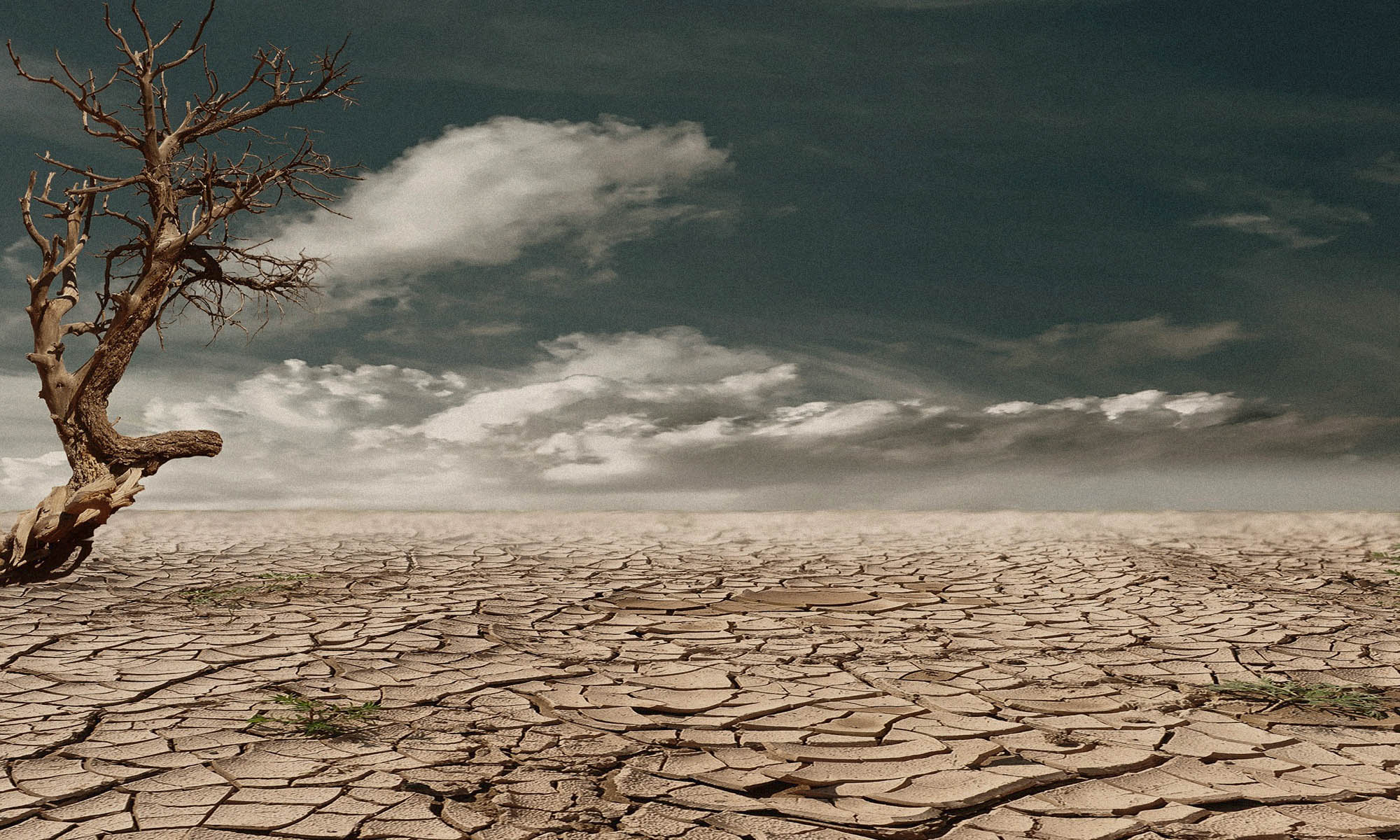Five days after we paid for the land and left Narok with instructions to get us a harrow and planter, it rained heavily. Now, very wet soils are not easy to work on when planting, so, that first rain was good enough to propel us into action. We traveled on a Saturday to Narok, and arrived at around 10.30am. It is a two hour journey, if using private means of speed limits up to 100km/h. Public means take longer. 10.30am was a good time since the sun was out and the ground had dried a little, which is advantageous to the harrow and planter. For those who do not know, a harrow is a form of plough that is used to loosen soil just before planting. It breaks up and redistributes the soil surface in preparation of seedbed and field planting operations. A Planter(sometimes called a seeder), on the other hand is a machine used for placing your seeds inside soil (planting).



The prices we were told for harrowing ware 1500/acre and 1300/acre for a bean planter. However, from experience, these prices were exaggerated by brokers who thought they’d found a kill.
We hadn’t bought the seeds yet, so we went looking for seeds at the market and managed to get 7 bags of the variety we wanted (Wairimo), and 3bags of another variety (Nyayo). A bag of seeds was going at 6700 due to the high demand.
In 2014 I had planted beans on a 10 acre farm and had used 5bags which I bought at much lower prices . I was therefore expecting to use 15bags on this one. Since we couldn’t get the 15 immediately, we decided to start with what we had. We transported the 10bags to the farm.
The job started at around 12.30pm, the harrow having been given about an hour’s start-off advantage before the planter came in. The job went on well with no hitches, and by 7pm, we had finished harrowing and done about 15acres of planting. Darkness having set in, we had to call it a day and resume the next day, a Sunday. Only about four bags of seeds had been used on the 15acres. I was concerned about the ratios used, but was assured that it was the correct ratio for beans and I needed not to worry. I even told them how I’d used 5bags the previous year on a 10 acre piece but they said that manual planting was different from mechanized planting. After a long discussion, I decided to let go and hope for the best. That day we incurred unplanned costs on accommodation for the night.
We woke up early the next day with intentions of finishing the job early but the Planter guys let us down. They arrived at the farm at 12pm, and only after we had gone to look for them. Anyway, we were through with the job by 6pm, having used only seven bags on a 32 acre piece. I wasn’t satisfied with their explanation, but there wasn’t much I could do about it. We sold the remaining 3 bags at same price as we bought and left for Nairobi soon after.
So here is a summary of our costs for the second trip to Narok:
- Fuel cost – 3000
- Harrowing (1250 per acre) – 40,000
- Planting (1300 per acre) – 41,600
- Bean seeds (6700 per bag) – 67,000-20,100(we resold 3bags) – 46,900
- Seed Transportation cost – 1000
- Accommodation and food – 2500
- Miscellaneous – 1000
Our total expenditure during second Visit was therefore 136,000/=
By the end of the second visit, we had learnt a lot of lessons about time, money and people; lessons that are very expensive to a young investors![]() like us. The main reason for my story is for me to share those lessons so that fellow youth do not have to experience the same. That will be the subject of my next article; “Lessons from First and Second Visits”. Afterwards I will move on to tell you about the Third Visit.
like us. The main reason for my story is for me to share those lessons so that fellow youth do not have to experience the same. That will be the subject of my next article; “Lessons from First and Second Visits”. Afterwards I will move on to tell you about the Third Visit.




